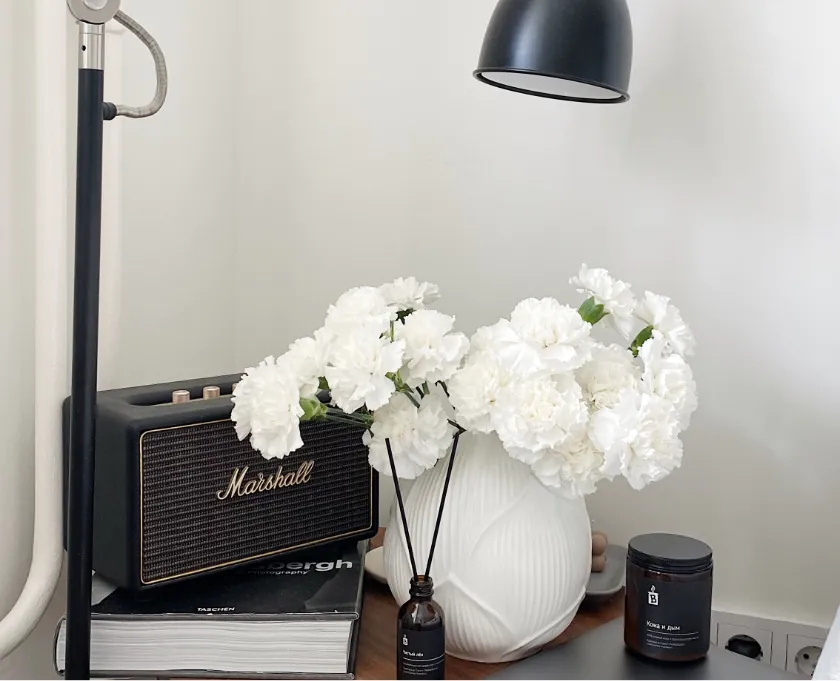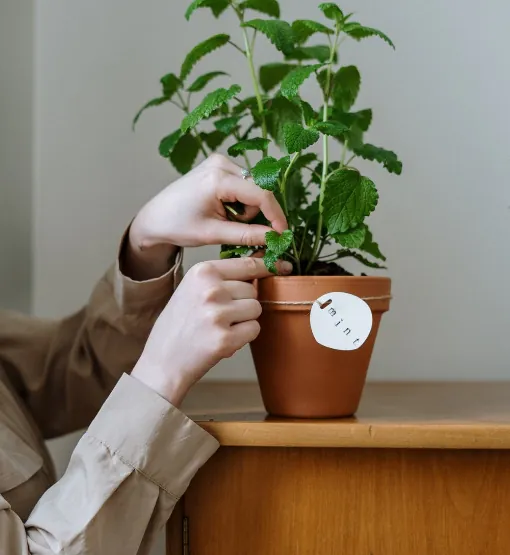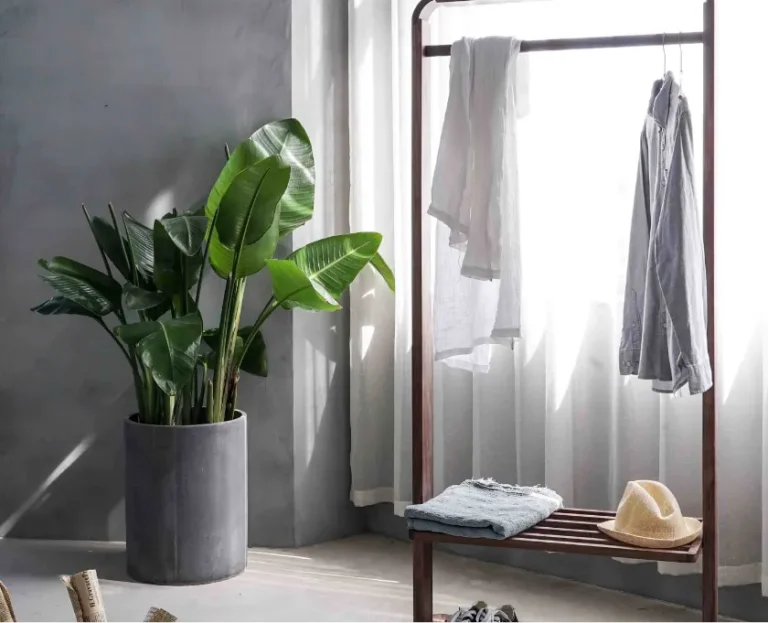Houseplants bring life and greenery to your indoor spaces, creating a peaceful atmosphere and even improving air quality. However, along with the joy of growing plants comes the occasional headache of dealing with pests. These tiny invaders can wreak havoc on your plants, leading to stunted growth, yellowing leaves, and even plant death if not addressed promptly. In this comprehensive guide, we’ll explore the most common houseplant pests, how to identify them, and proven methods to get rid of them effectively.
Understanding Houseplant Pests: Why They Invade and How They Spread
Houseplant pests typically thrive indoors because of the controlled environment—consistent temperatures, limited predators, and abundant food sources. Pests can make their way into your home through open windows, newly purchased plants, contaminated soil, or even on your clothes. Once indoors, they multiply rapidly, feeding on your plants’ leaves, stems, and roots.
Preventing pest infestations starts with understanding their lifecycle, the signs of their presence, and the specific vulnerabilities of your plants. Many pests are small and can be difficult to detect until the infestation becomes significant. Regularly inspecting your plants is key to catching problems early.
The Most Common Houseplant Pests and How to Identify Them
1. Spider Mites
Spider mites are among the most common and destructive houseplant pests. They are minuscule, measuring less than a millimeter in size, and are usually found on the undersides of leaves. These arachnids thrive in warm, dry environments and are particularly problematic for plants like fiddle-leaf figs, palms, and rubber plants.
A spider mite infestation can be identified by the fine, silky webbing they produce. Leaves will often appear speckled, yellow, or stippled as the mites suck the chlorophyll from the cells. The webbing can sometimes stretch between stems and leaves, making the infestation more obvious.
To treat spider mites, you can start by washing your plant thoroughly with water to dislodge them. Neem oil and insecticidal soaps are effective organic solutions. Increasing humidity around your plants by misting or using a humidifier can also deter spider mites, as they prefer dry conditions. If the infestation persists, consider using a miticide specifically designed for spider mites.
2. Mealybugs
Mealybugs are soft-bodied insects that appear as white, cottony masses on stems, leaves, and even roots. These pests feed on plant sap, weakening the plant and causing leaves to turn yellow and drop prematurely. They also excrete a sticky substance called honeydew, which can lead to sooty mold growth.
If you notice a mealybug infestation, isolate the affected plant immediately to prevent the bugs from spreading. Remove them manually using a cotton swab dipped in rubbing alcohol. For larger infestations, neem oil or insecticidal soaps can be sprayed directly on the bugs. Regularly inspect new plants before bringing them indoors, as mealybugs are often introduced this way.
3. Aphids
Aphids are small, pear-shaped insects that come in a variety of colors, including green, yellow, black, and red. They cluster on the undersides of leaves and tender new growth, where they suck plant sap. Their feeding weakens the plant, leading to curling or yellowing leaves, and they also produce honeydew, attracting ants and encouraging mold growth.
To combat aphids, start by washing the plant with a strong stream of water to knock the pests off. You can also introduce beneficial insects like ladybugs or lacewings to your indoor garden if you have multiple plants. For chemical-free treatments, try applying a solution of water and dish soap to the affected areas.
4. Fungus Gnats
Fungus gnats are tiny, mosquito-like insects that are often mistaken for fruit flies. They are typically found flying around houseplants or crawling on the soil’s surface. While the adult gnats are more of a nuisance than a threat, their larvae feed on organic matter in the soil and can damage young plant roots.
Fungus gnats thrive in damp soil, so the first step to controlling them is to let the soil dry out between waterings. Yellow sticky traps can help capture adult gnats, and a soil drench with hydrogen peroxide diluted in water (1 part hydrogen peroxide to 4 parts water) can kill the larvae. For severe infestations, consider using beneficial nematodes, which prey on fungus gnat larvae.
5. Scale Insects
Scale insects are small, immobile pests that attach themselves to plant stems and leaves, often resembling tiny brown, white, or black bumps. They feed on plant sap, causing yellowing leaves, stunted growth, and reduced vigor.
Removing scale insects can be challenging because of their hard, protective shells. Use a cotton swab dipped in rubbing alcohol to manually remove them, or scrape them off gently with a knife. For larger infestations, horticultural oils and systemic insecticides can be effective.
6. Thrips
Thrips are slender, winged insects that are barely visible to the naked eye. They feed on plant tissue by puncturing it and sucking out the contents, leaving behind silvery streaks or spots on leaves and flowers. Thrips are highly mobile and can quickly spread between plants.
To get rid of thrips, isolate the affected plant and rinse it thoroughly with water. Sticky traps can help capture adult thrips, while neem oil or insecticidal soaps can kill larvae and adults. Introducing predatory insects like predatory mites or green lacewings can also help keep thrip populations under control.
How to Prevent Pests on Houseplants
While treatments can eliminate infestations, prevention is always the best approach. Here are some key steps to keep your houseplants pest-free:
- Inspect Plants Regularly: Check for signs of pests every time you water your plants. Pay special attention to the undersides of leaves and the soil surface.
- Quarantine New Plants: Keep new plants isolated for at least two weeks before introducing them to your other plants. This allows time to detect any hidden pests.
- Avoid Overwatering: Many pests, such as fungus gnats, thrive in consistently moist soil. Let the soil dry out between waterings.
- Clean Your Plants: Dust and dirt can harbor pests, so wipe down leaves regularly with a damp cloth. This also improves photosynthesis.
- Use Quality Soil: Avoid using garden soil, as it may contain pests or pathogens. Instead, use sterile, store-bought potting mix.
- Promote Air Circulation: Good airflow reduces humidity and discourages pests like spider mites.
Conclusion
Dealing with houseplant pests can be frustrating, but understanding how to identify and treat them is half the battle. Regular monitoring, prompt action, and preventative measures will help keep your plants healthy and pest-free. Whether it’s spider mites weaving webs, mealybugs clustering on stems, or fungus gnats hovering over damp soil, there’s always a solution to protect your green companions.
For more detailed pest management strategies, check out trusted gardening resources like The Royal Horticultural Societyand Gardening Know How. With patience and care, your indoor garden can thrive despite occasional pest problems. Happy gardening! 🌿



